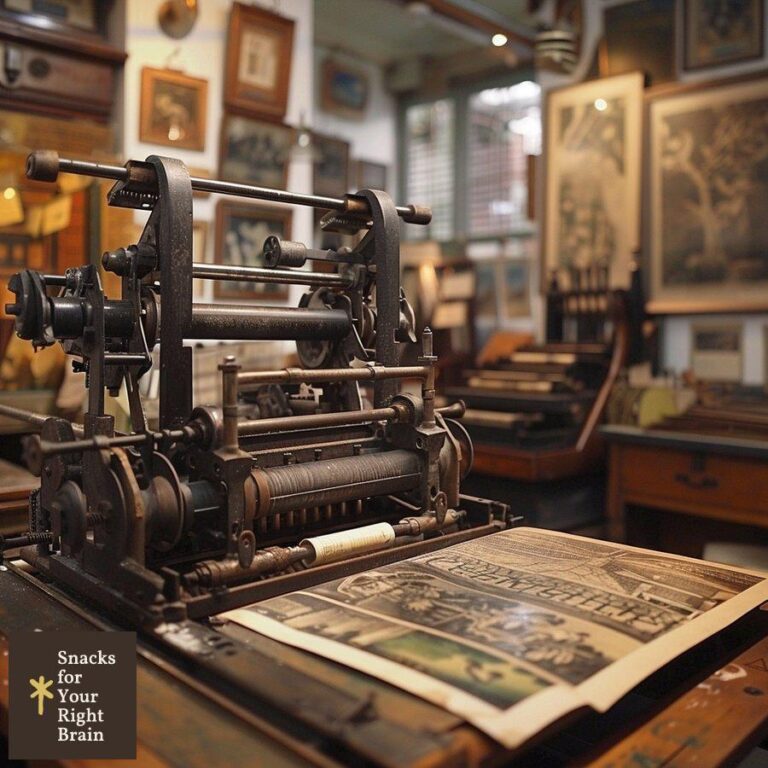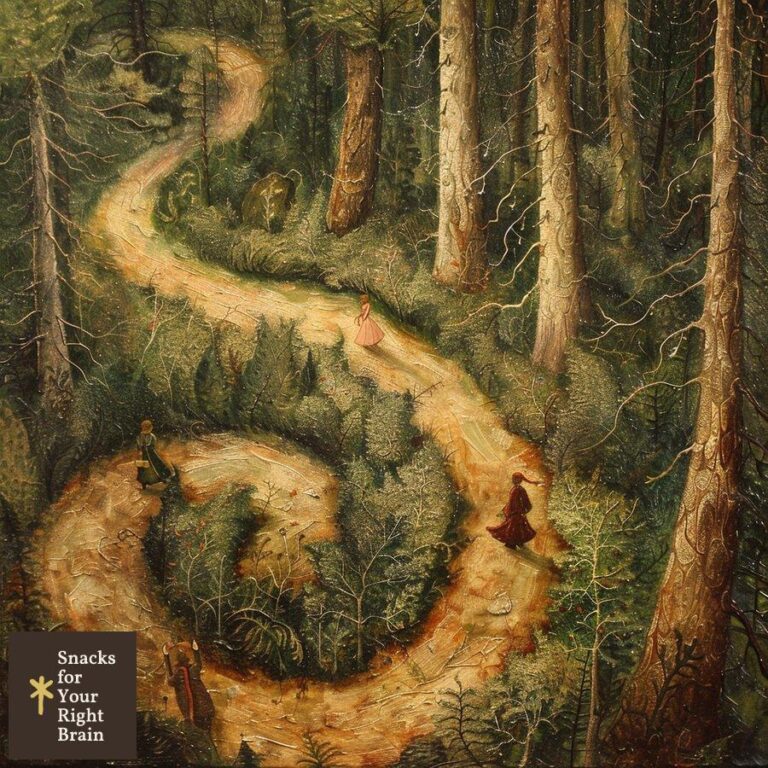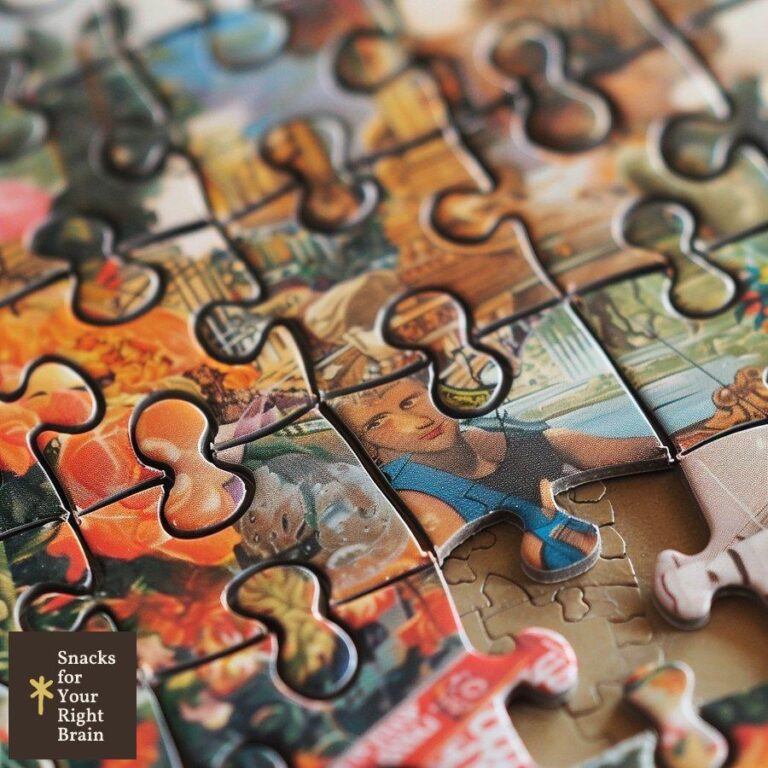What Is the Setting of the Story Time and Place
What is the setting of a story?
The setting of a story encompasses the time, place, and social environment in which the narrative unfolds. It serves as the backdrop against which characters interact and events occur, providing crucial context for the plot and themes of the work. Setting is not merely a static element but a dynamic component that can significantly influence character development, plot progression, and the overall tone of the story.

In literature, setting typically consists of several key elements:
Time period: This includes the historical era, season, or specific date when the story takes place. It can range from a precise moment to an entire epoch.
Geographic location: The physical place where the action occurs, which can be real or fictional, specific or general.
Social and cultural context: The societal norms, customs, and beliefs that shape the characters’ world and behaviors.
Physical environment: The immediate surroundings of the characters, including buildings, landscapes, and weather conditions.
Atmosphere: The overall mood or feeling evoked by the combination of these elements.
Understanding the setting is essential for readers to fully immerse themselves in the story world and comprehend the characters’ motivations and challenges. For writers, crafting a vivid and believable setting is fundamental to creating a compelling narrative that resonates with readers.
The complexity of a story’s setting can vary greatly depending on the genre, narrative style, and author’s intent. Some stories may feature a minimalist setting, focusing primarily on character interactions, while others might present intricately detailed worlds that become characters in their own right.
Consider the following examples of how setting can be presented in literature:
Minimalist setting: “The old man sat in the chair.” This simple sentence provides a basic setting without much detail, allowing readers to fill in the gaps with their imagination.
Detailed setting: “In the dimly lit parlor of a Victorian mansion, the old man sank into a worn leather armchair, surrounded by dusty bookshelves and the ticking of an antique grandfather clock.” This description offers a rich, multisensory depiction of the setting, immersing the reader in a specific time and place.
Effective use of setting can:
Enhance realism: By providing concrete details about the world in which the story takes place, authors can create a sense of authenticity that helps readers suspend disbelief.
Establish tone and mood: The choice of setting elements can evoke specific emotions and set the overall atmosphere of the story.
Reflect themes: Settings can symbolically represent or reinforce the central ideas explored in the narrative.
Drive conflict: The environment in which characters exist can present challenges or opportunities that propel the plot forward.
Define characters: A character’s relationship to their setting can reveal much about their personality, background, and motivations.
As we delve deeper into the various aspects of setting in literature, we’ll explore how this fundamental element of storytelling can be leveraged to create powerful, memorable narratives that resonate with readers long after the final page is turned.
Why is setting important in literature?
Setting plays a pivotal role in literature, serving as the foundation upon which authors build their narratives. Its importance extends far beyond merely providing a backdrop for the story; it actively shapes the reader’s experience and understanding of the work. Let’s explore the multifaceted significance of setting in literature.
Contextualizing the narrative: Setting anchors the story in a specific time and place, providing essential context for the events that unfold. This context helps readers understand the characters’ motivations, challenges, and choices within the framework of their environment.

Enhancing verisimilitude: A well-crafted setting contributes to the story’s believability, allowing readers to immerse themselves in the fictional world. By providing vivid, sensory details, authors can create a realistic atmosphere that makes the narrative feel authentic and engaging.
Influencing character development: The setting often plays a crucial role in shaping characters’ personalities, beliefs, and behaviors. Characters are products of their environment, and their interactions with their surroundings can reveal much about their nature and growth throughout the story.
Driving plot and conflict: The setting can be a source of conflict or a catalyst for plot development. Environmental challenges, societal norms, or historical events tied to the setting can create obstacles for characters to overcome or opportunities for them to exploit.
Establishing mood and atmosphere: The choice of setting elements significantly impacts the emotional tone of the story. A gloomy, rain-soaked city creates a different atmosphere than a sun-drenched beach, influencing how readers perceive and interpret events.
Symbolizing themes: Settings can serve as powerful symbols or metaphors for the story’s central themes. The physical environment often reflects or reinforces the abstract ideas explored in the narrative.
Providing cultural and historical insight: Through detailed depictions of specific times and places, literature can offer valuable insights into different cultures, historical periods, and social structures.
Creating contrast and juxtaposition: Authors can use setting to highlight contrasts between characters or ideas, or to juxtapose different worlds within the same story.
Foreshadowing and building suspense: Elements of the setting can be used to hint at future events or create a sense of impending danger, enhancing the story’s suspense and narrative tension.
Evoking reader emotions: A skillfully described setting can elicit strong emotional responses from readers, helping them connect more deeply with the story and its characters.
Defining genre expectations: Certain settings are closely associated with specific literary genres, helping to establish reader expectations and create a framework for the story.
Facilitating world-building: Especially in speculative fiction, setting is crucial for creating immersive, fully realized fictional worlds that captivate readers’ imaginations.
To illustrate the profound impact of setting on literature, consider how the following classic works are inextricably linked to their settings:
-
“To Kill a Mockingbird” by Harper Lee: The small-town Southern setting of Maycomb, Alabama, during the Great Depression is essential to the story’s exploration of racial injustice and coming of age.
-
“1984” by George Orwell: The dystopian future London serves as both the backdrop and a character in its own right, embodying the themes of totalitarian control and loss of individual freedom.
-
“Wuthering Heights” by Emily Brontë: The wild, windswept moors of Yorkshire mirror the passionate and tumultuous nature of the characters’ relationships.
-
“The Great Gatsby” by F. Scott Fitzgerald: The contrasting settings of West Egg and East Egg symbolize the divide between old and new money, reflecting the novel’s themes of class and the American Dream.
-
“One Hundred Years of Solitude” by Gabriel García Márquez: The fictional town of Macondo serves as a microcosm of Latin American history and culture, blending reality with magical elements.
These examples demonstrate how setting can become an integral part of the story, inseparable from its themes, characters, and overall impact. A well-chosen and expertly crafted setting does more than simply provide a stage for the action; it becomes a vital component of the narrative, enriching the reader’s experience and deepening their understanding of the work.
As authors develop their craft, mastering the art of creating effective settings becomes crucial. By carefully considering and skillfully depicting the time, place, and social context of their stories, writers can create more immersive, meaningful, and memorable literary experiences for their readers.
What are the three main types of setting?
In literature, settings can be categorized into three main types, each serving different purposes and contributing uniquely to the narrative. Understanding these types helps both writers and readers appreciate the diverse ways in which setting can be utilized in storytelling. Let’s explore the three main types of setting: temporal, geographical, and environmental.
Temporal Setting
The temporal setting refers to the time period in which the story takes place. This can range from a specific moment to an entire era, and it plays a crucial role in shaping the context of the narrative.
Characteristics of temporal setting:
– Defines the historical context
– Influences technology, social norms, and cultural references
– Can be static (fixed in one time period) or dynamic (spanning multiple time periods)
– May include specific dates, seasons, or more general historical eras
Examples of temporal settings:
– Victorian Era England
– The 1960s in America
– A single day in the life of a character
– A futuristic dystopia set in the year 2150
Impact on storytelling:
– Determines available technology and scientific knowledge
– Shapes characters’ worldviews and social expectations
– Influences language and dialogue
– Provides historical context for events and conflicts
Geographical Setting
The geographical setting encompasses the physical location where the story unfolds. This can be a real place, a fictional location, or a combination of both.
Characteristics of geographical setting:
– Defines the physical environment and landscape
– Can range from specific locations to broader regions
– May include both natural and man-made features
– Can be real, fictional, or a blend of both
Examples of geographical settings:
– New York City
– A small village in the Scottish Highlands
– The fictional land of Middle-earth
– A space station orbiting a distant planet
Impact on storytelling:
– Influences characters’ lifestyles and occupations
– Provides natural obstacles or advantages
– Affects the mood and atmosphere of the story
– Can symbolize themes or character states of mind
Environmental Setting
The environmental setting refers to the immediate surroundings of the characters, including both natural and social environments. This type of setting often overlaps with the geographical setting but focuses more on the specific conditions and atmosphere of the characters’ immediate surroundings.
Characteristics of environmental setting:
– Includes physical details of the immediate surroundings
– Encompasses social and cultural environments
– Often includes sensory details (sights, sounds, smells)
– Can change throughout the story
Examples of environmental settings:
– A crowded subway car during rush hour
– A serene forest glade on a misty morning
– A bustling marketplace in a Middle Eastern bazaar
– The oppressive atmosphere of a prison cell
Impact on storytelling:
– Creates mood and atmosphere
– Influences character interactions and behavior
– Provides opportunities for sensory descriptions
– Can reflect characters’ emotional states
To illustrate how these three types of setting can work together in a story, consider the following example:
“The Great Gatsby” by F. Scott Fitzgerald
Temporal Setting: The Roaring Twenties, specifically the summer of 1922
Geographical Setting: Long Island, New York (West Egg and East Egg)
Environmental Setting: Lavish mansions, extravagant parties, speakeasies
In this novel, the temporal setting of the 1920s provides the backdrop of post-war economic boom and changing social norms. The geographical setting of Long Island, with its division between old and new money, serves as a metaphor for the class divisions central to the story. The environmental setting of opulent mansions and wild parties creates an atmosphere of excess and moral decay that underscores the novel’s themes.
Understanding and effectively utilizing these three types of setting allows authors to create rich, multidimensional story worlds that enhance the reader’s experience and deepen the narrative’s impact. By carefully considering how temporal, geographical, and environmental elements interact and influence the story, writers can craft settings that not only serve as backdrops but actively contribute to character development, plot progression, and thematic exploration.
How does temporal setting impact a narrative?
The temporal setting, or the time period in which a story takes place, exerts a profound influence on virtually every aspect of a narrative. It shapes the characters’ worldviews, determines the available technology and social norms, and provides historical context that can drive plot and conflict. Let’s delve into the various ways temporal setting impacts a narrative.
Historical Context and Social Norms

The time period of a story establishes the historical backdrop against which the narrative unfolds. This context influences:
- Social hierarchies and power structures
- Gender roles and expectations
- Moral values and ethical standards
- Political climate and governance systems
For example, a story set in Victorian England will have vastly different social norms than one set in 21st century New York City. Characters in the former might grapple with rigid class structures and strict moral codes, while those in the latter might navigate issues of technological dependence and globalization.
Technology and Scientific Knowledge
The temporal setting determines the level of technological advancement available to characters, which can significantly impact plot development:
- Communication methods (e.g., letters vs. instant messaging)
- Transportation options (e.g., horse-drawn carriages vs. supersonic jets)
- Medical capabilities and understanding of health
- Weapons and warfare tactics
A mystery set in the 1920s will involve different investigative techniques than one set in the present day, due to the absence of modern forensic technology.
Language and Dialogue
The time period influences the way characters speak, including:
- Vocabulary and slang
- Idioms and expressions
- Formality levels in different social situations
- Taboo subjects and censorship
An author writing dialogue for a story set in Elizabethan England must consider the linguistic norms of that era to create authentic character interactions.
Fashion and Material Culture
Temporal setting dictates the visual and material aspects of the story world:
- Clothing styles and fashion trends
- Architecture and interior design
- Art and entertainment
- Consumer goods and daily use items
These elements contribute to the story’s atmosphere and can provide insights into characters’ social status and personal tastes.
Economic and Political Landscape
The time period establishes the economic and political realities that characters must navigate:
- Economic systems and conditions (e.g., Great Depression, post-war boom)
- Political ideologies and forms of government
- International relations and conflicts
- Social movements and revolutions
A story set during the Cold War, for instance, might explore themes of espionage and ideological conflict that would be less relevant in a different time period.
Cultural References and Zeitgeist
The temporal setting allows authors to tap into the cultural zeitgeist of a particular era:
- Popular culture and entertainment
- Artistic movements and literary trends
- Philosophical and religious ideas
- Collective hopes, fears, and anxieties
By anchoring a story in a specific time, authors can explore how characters interact with and are shaped by the cultural forces of their era.
Plot Opportunities and Constraints
The time period can create unique plot opportunities or impose constraints on the narrative:
- Historical events that characters must react to or participate in
- Technological limitations that create challenges or drive innovation
- Social barriers that characters must overcome
- Legal frameworks that affect characters’ actions and decisions
For example, a romance set in a time when interracial marriages were illegal will face different obstacles than one set in a more progressive era.
Narrative Structure and Pacing
Temporal setting can influence the structure and pacing of the narrative:
- Linear vs. non-linear storytelling
- Use of flashbacks or flash-forwards
- Pacing dictated by the speed of communication and travel
- Time-specific plot devices (e.g., Y2K bug in stories set around the year 2000)
Thematic Exploration
The choice of temporal setting often relates directly to the themes an author wishes to explore:
- Progress vs. tradition
- Generational conflicts
- Societal change and resistance
- The cyclical nature of history
By setting a story in a particular time, authors can examine how these themes manifest in specific historical contexts.
Reader Engagement and Relatability
The temporal setting affects how readers connect with the story:
- Nostalgia for past eras
- Speculation about future possibilities
- Understanding of historical events through a personal lens
- Comparison between the story’s time period and the reader’s own
To illustrate the impact of temporal setting, consider how the following table compares the same basic plot in different time periods:
| Plot Element | 1850s Wild West | 1950s Suburban America | 2050s Mars Colony |
|---|---|---|---|
| Communication | Letters, telegrams | Telephone, radio | Holographic calls, brain-computer interfaces |
| Transportation | Horses, stagecoaches | Cars, early commercial flights | Interplanetary shuttles, teleportation |
| Social Issues | Frontier justice, indigenous rights | Civil rights movement, Cold War tensions | AI rights, terraforming ethics |
| Technology | Steam engines, early photography | Television, nuclear power | Quantum computing, nanotech medicine |
| Cultural Zeitgeist | Manifest Destiny, gold rush fever | Post-war optimism, fear of communism | Interplanetary expansion, post-scarcity economics |
As this comparison demonstrates, the temporal setting fundamentally alters the landscape in which the story unfolds, affecting everything from the practical details of daily life to the overarching themes and conflicts that drive the narrative.
In conclusion, the temporal setting is a powerful tool that authors can use to create rich, immersive story worlds. By carefully considering the implications of their chosen time period, writers can craft narratives that not only entertain but also offer insights into the human experience across different historical contexts. Whether transporting readers to the past, grounding them in the present, or projecting them into the future, the temporal setting serves as a crucial foundation for building compelling and meaningful stories.
What role does geographical setting play in storytelling?

Geographical setting plays a vital role in storytelling, providing the physical context in which characters live and events unfold. It encompasses not only the location but also the topography, climate, and natural features of the story’s world. The geographical setting can significantly influence plot development, character behavior, and thematic elements. Let’s explore the various ways in which geographical setting impacts storytelling.






